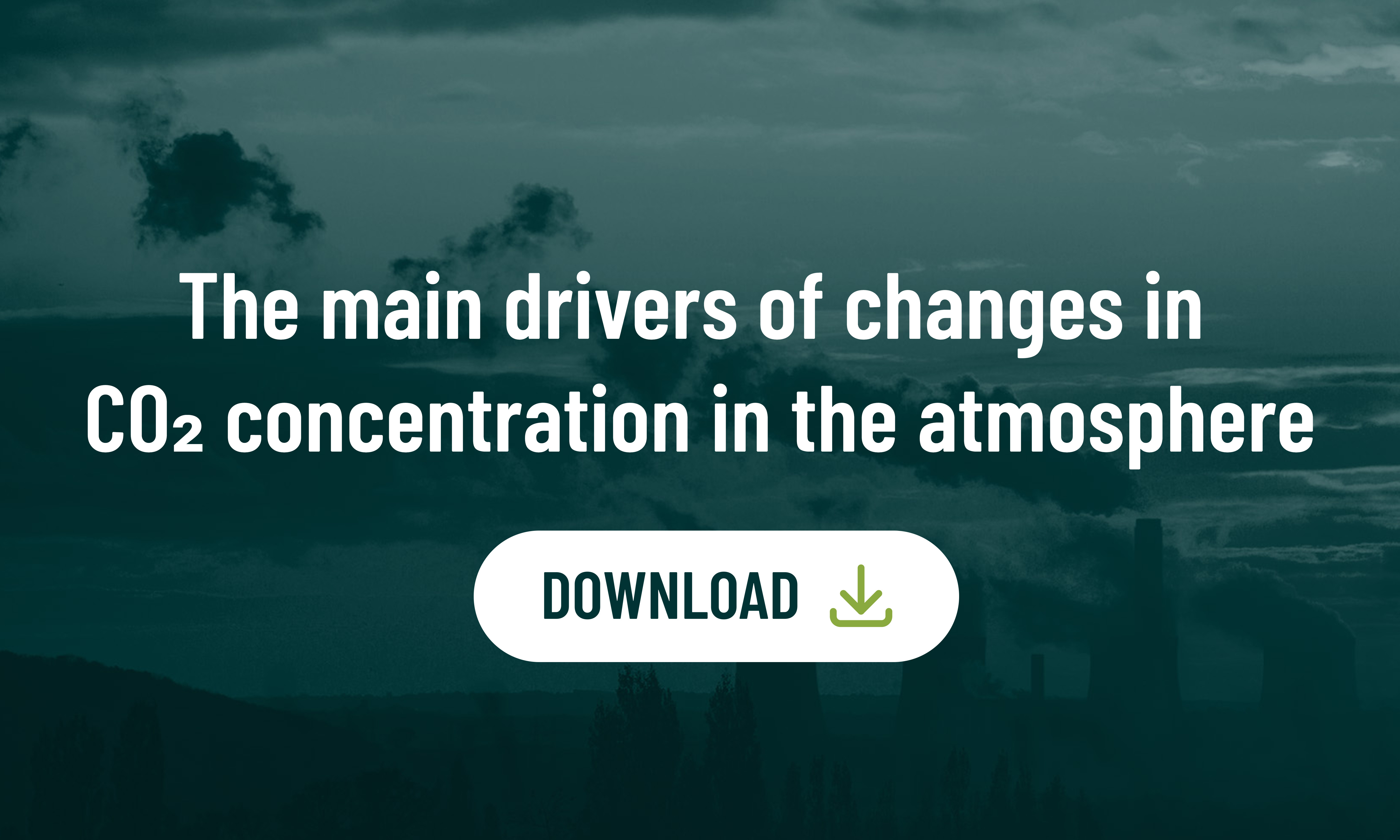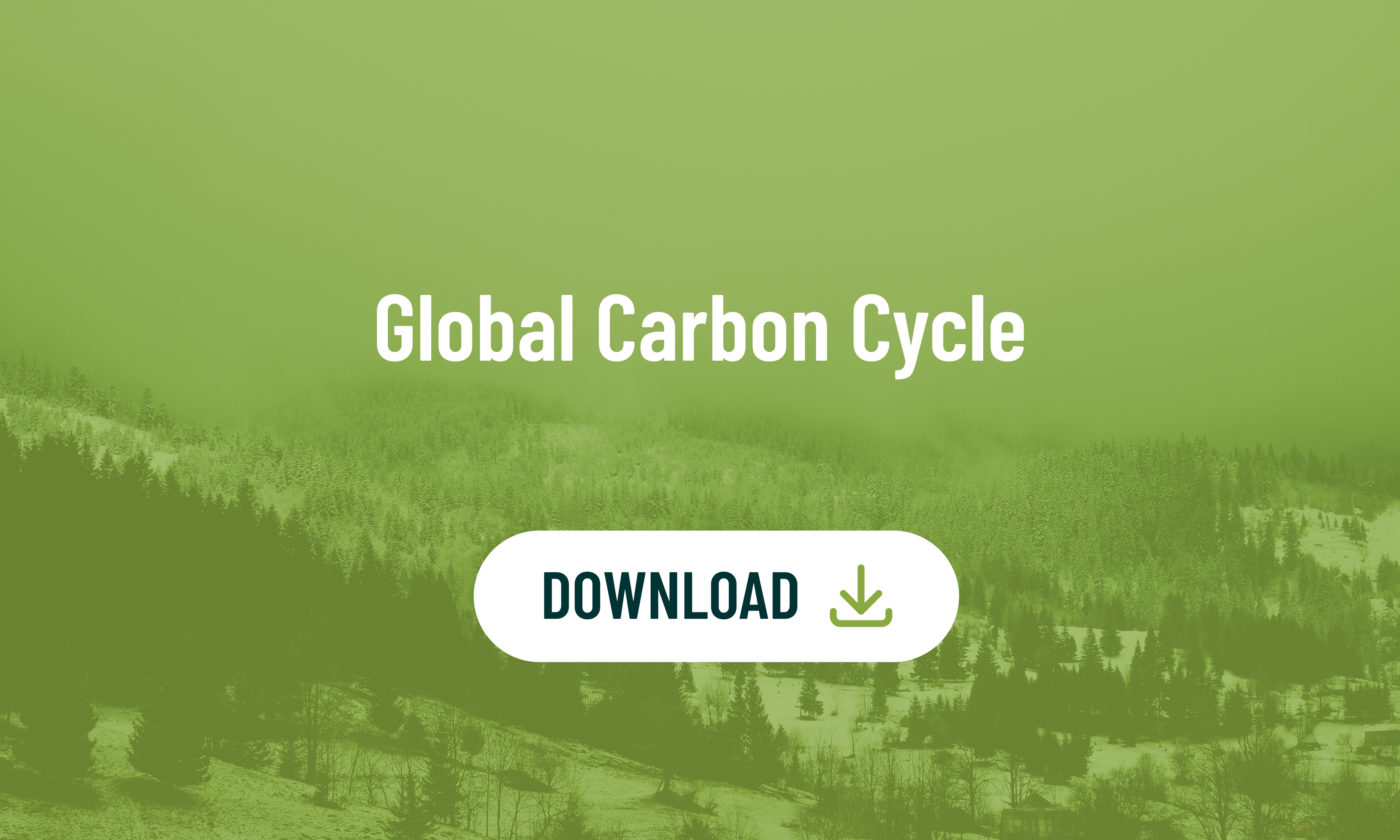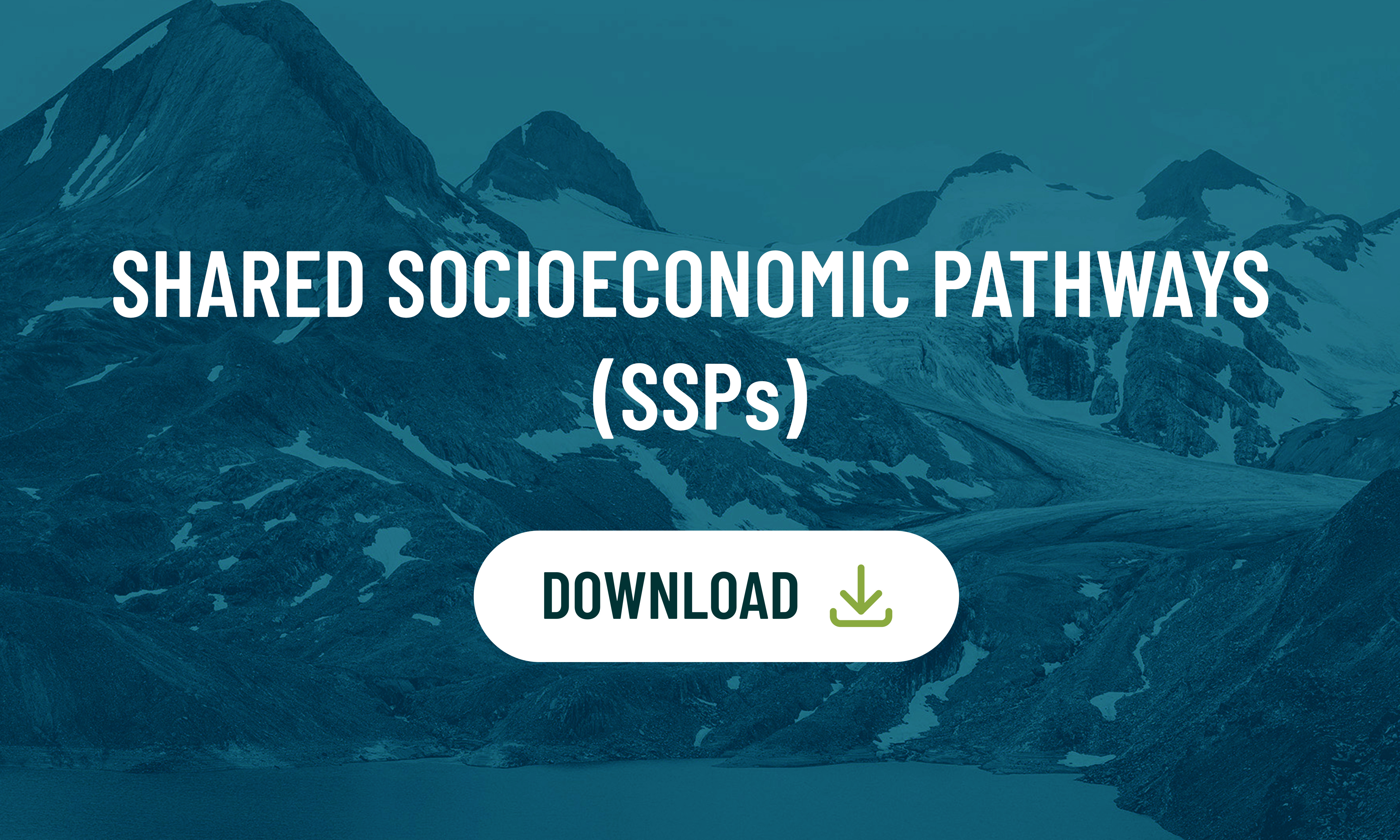4C Project Introduction
In the 4C project, we work to better understand how emissions affect atmospheric concentrations and lead to temperature rise. 4C will inform the Global Stocktake and help policy makers and governments take the appropriate measures to keep global warming below the Paris Agreement’s threshold of 2ºC.
Climate Classroom #1 - PDF
Short-term variations in atmospheric CO2 levels are caused by natural processes or human activities. This classroom discusses these drivers to better understand what affects changes in CO2 levels and why this is relevant for the political agenda.
Climate Classroom #2 - PDF
The global carbon cycle involves complex processes and interactions within the Earth system, and understanding these is crucial for climate change mitigation and adaptation. This classroom explains the most important aspects of the carbon cycle and how it is affected by changes in CO2 concentrations.
Insights from 4C scientists: Carbon sources, sinks and uncertainties
Jens Terhaar from the University of Bern gives a brief introduction into the undestainties in the ocean sinks and he is working to reduce these. In this series of videos, 4C scientists give an insight into the scientific background behind their research, and explain the work they do in the project.
Climate Classroom #3 - PDF
The latest socioeconomic scenarios used in climate change research examine how global society, demographics and economics could change over the 21st century.
Policy relevance of 4C
The 4C project, a European project investigating climate-carbon interactions in the 21st century, has been running for over 4 years and is coming to an end in November 2023. Here, the project coordinator Pierre Friedlingstein talks about the policy relevance of the 4C research and results.
Webinar: 4C Carbon Outlook 2022
In this webinar, climate researchers from the European 4C project and invited speakers discuss the Carbon Outlook for 2022. The outlook, launched in February 2023, looks at the changes in emissions by fossil-fuel category and major emitting countries, and how CO2 emissions may evolve during 2023. View here part 2 and part 3 of the webinar.



